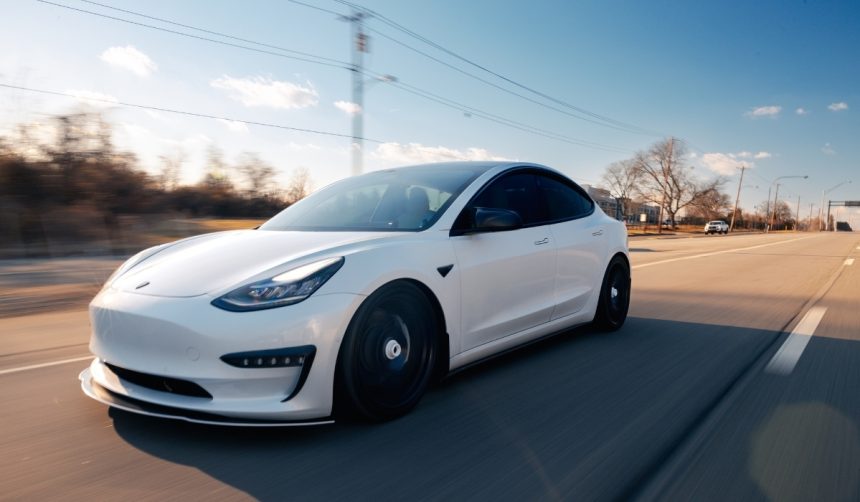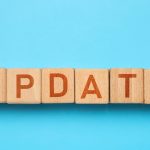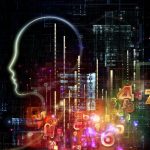A recent drive between the San Francisco Bay Area and Los Angeles highlighted the current capabilities of the Tesla Full Self-Driving (FSD) suite. The roughly 360-mile route, completed in a Model Y, saw no human intervention, marking a step forward in supervised automated driving. As the vehicle navigated the trip, a single Supercharging stop was made, demonstrating Tesla’s integration of both automated driving and the broader charging network. This demonstration spurred further discussion about how FSD functions under real-world, long-distance conditions and what it might signal for the next phase of Tesla’s autonomous ambitions.
Earlier demonstrations of Tesla’s FSD often required frequent driver input and mostly focused on urban settings or short suburban drives. Most previous videos or tests incorporated more controlled environments or featured newer pre-release software not yet available to the public. Compared to those instances, the recent video stands out by showing a prolonged journey on public roads, with the car handling highways and traffic without an operator taking control for six and a half hours. Differences between available FSD versions and vehicle hardware have become more apparent as Tesla continues to update its fleets.
How Does Tesla’s FSD Supervised Mode Operate?
Tesla’s FSD system does not represent full autonomy. The suite runs under a supervised model, where drivers are not required to keep their hands on the wheel but must remain attentive to the road. The in-cabin camera, focused on eye movement, ensures the driver is prepared to take control if necessary. This approach keeps the human operator engaged as a safeguard while largely automating the driving process.
What Role Do Hardware Upgrades Play?
Users gain different FSD experiences depending on their vehicle’s hardware version. Newer iterations, like the HW4 hardware, allow for processing advances and better neural network performance. Older Teslas, with HW3 systems, may not access the same features seen in the latest public FSD demonstration. Tesla has indicated that
“FSD capabilities depend heavily on hardware compatibility and ongoing software updates.”
Is Full Autonomy Available on Public Roads?
While Tesla has achieved a zero-intervention journey on a major interstate, the company maintains that FSD is restricted to supervised operation for consumers. The only vehicles running fully driverless, unsupervised modes are elements of the Robotaxi fleet in Austin, which uses an internally developed version yet to be widely released. Company representatives have stressed,
“Full Self-Driving’s supervised mode is not equivalent to full autonomy as defined by industry standards.”
This long-range test has sparked renewed debate about the practicality and timeline for hands-free driving on public roads. FSD’s performance over such distances signals Tesla’s focus on integrating artificial intelligence, hardware advancements, and data-driven refinement. However, real-world autonomy continues to face regulatory and safety barriers, particularly regarding fully unsupervised vehicles. As Tesla expands its Robotaxi operations and continues public updates to the FSD system, industry observers remain attentive to how these features evolve and adapt to new legal, technological, and market pressures. Consumers interested in long-haul assisted driving will likely see incremental changes, shaped by technological progress and policy developments.










